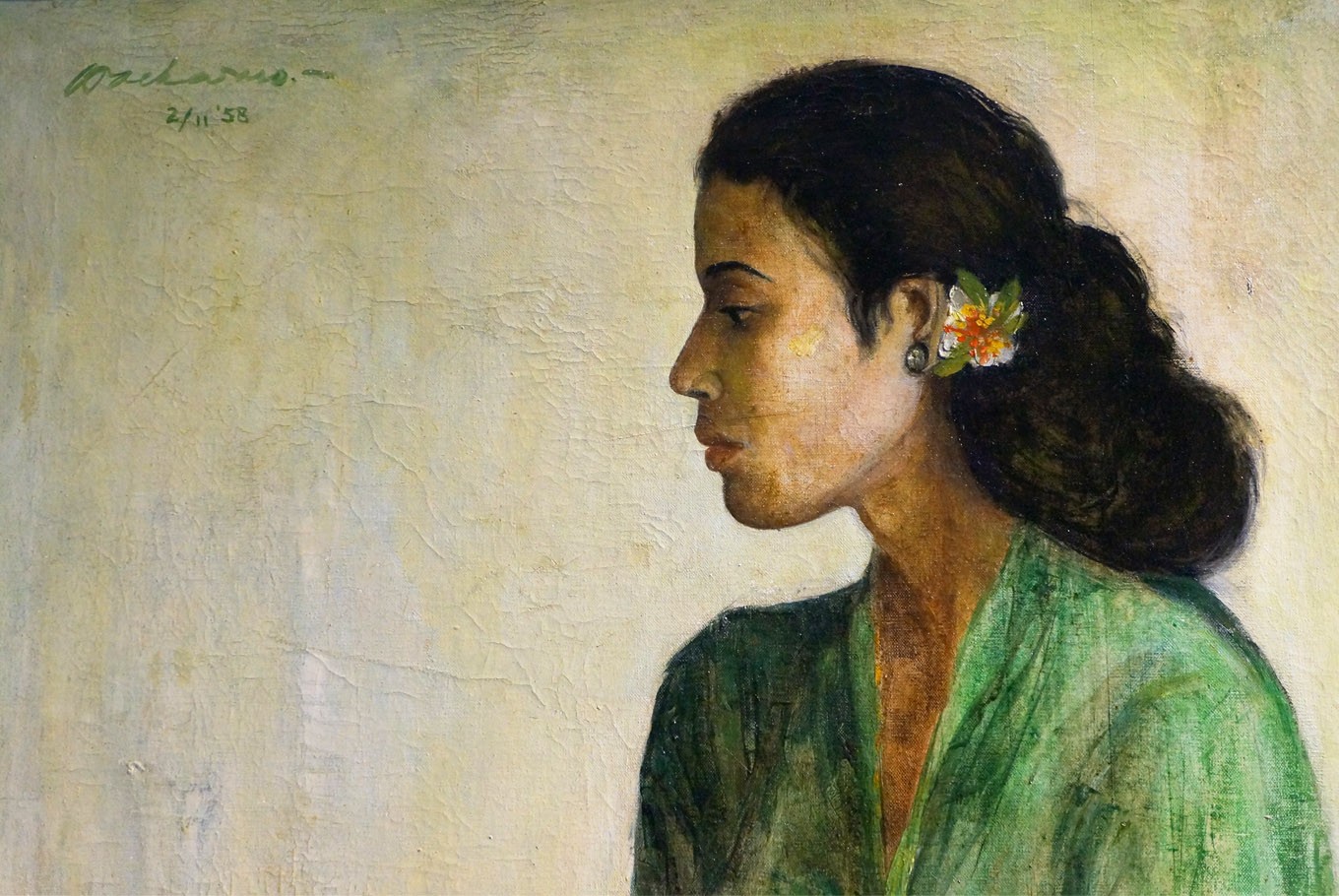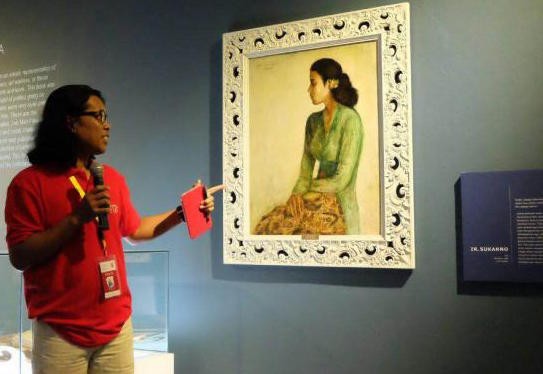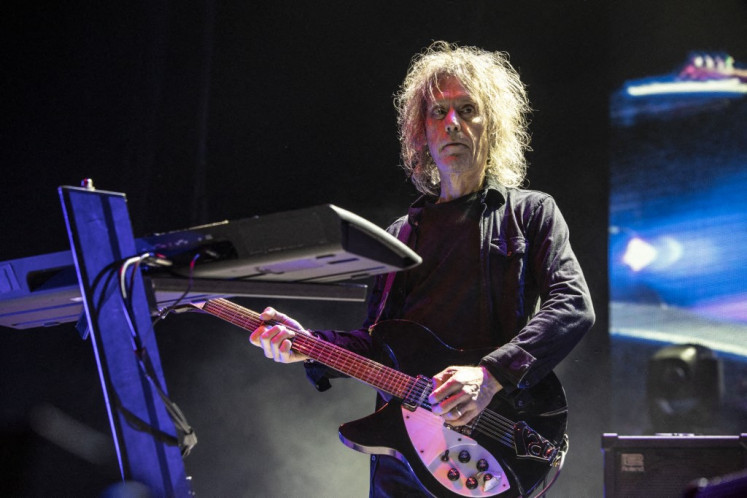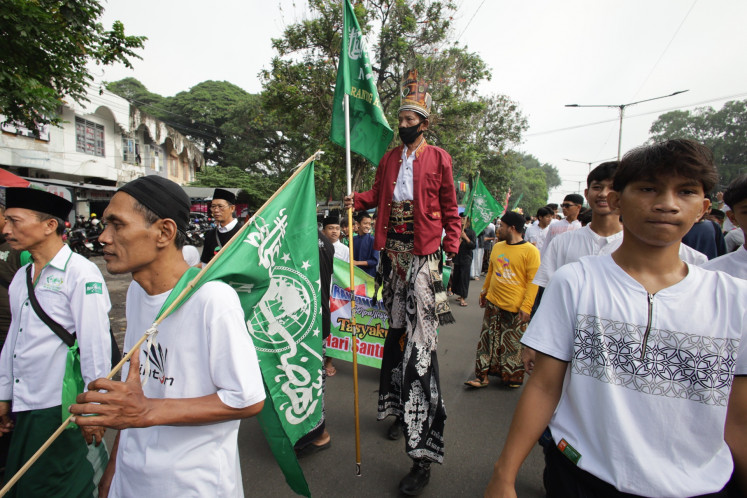Popular Reads
Top Results
Can't find what you're looking for?
View all search resultsPopular Reads
Top Results
Can't find what you're looking for?
View all search resultsWho is the mystery woman in Sukarno’s painting?
Change text size
Gift Premium Articles
to Anyone
I
ndonesia’s first president Sukarno was known as an art lover and had a penchant for painting. He completed a number of paintings and caricatures during his lifetime.
Mikke Susanto, curator of the Goresan Juang Kemerdekaan exhibition, told kompas.com on Monday, “Sukarno started painting in university back in 1926 when he was 25 years old. His first paintings were small, about the size of an HVS paper, and he used watercolors as the medium.”
“Throughout his life, he made several paintings and caricatures. One of his paintings can be found in his isolated house in Ende, East Nusa Tenggara,” Mikke added.
One of Sukarno’s paintings currently on display at the National Gallery is titled Rini. It features a portrait of a woman, highlighting her youthful face, pointed nose and unsmiling stare. A flower is tucked behind the woman’s ear and she wears a green kebaya (traditional blouse) and brown jarik (batik skirt).
 "Rini", painting by IR. Sukarno. Displayed in National Gallery, Central Jakarta until end of August.(JP/Masajeng Rahmiasri)
"Rini", painting by IR. Sukarno. Displayed in National Gallery, Central Jakarta until end of August.(JP/Masajeng Rahmiasri)
In a book on Sukarno’s painting collection, palace painter Dullah wrote: “Bung Karno went for a retreat in Bali. Dullah, palace painter, was invited to come along. As usual, in Bali, Dullah attempted to do a painting, however he did not have time to complete the painting and had to just have the sketches as he had to go back to Jakarta.
“At the end of November and beginning of December 1958, Bung Karno returned to Bali for another retreat, this time for 10 days. This time, Dullah did not come with him. It turns out that Bung Karno completed Dullah’s sketch into a painting that is presented on this page. Of course there are a lot of changes and additions to the original sketch.”
Who Sukarno depicted in the painting remains a mystery. “This work of art has become important due to the mystery of the model. Some say this is an impression of the figure of Sarinah — Sukarno’s wife. Some also say this is a visual perspective of a kebaya and jarik-wearing Javanese woman. However the face suggests it is a mix of the Sasak tribe and Javanese tribe,” Mikke explained.
Aside from the mystery, Sukarno’s painting is also considered to have exquisite beauty, backed by advanced painting techniques.
“This is an advanced technique. To draw a side-facing anatomy like this is not easy. To draw these kinds of hands is also not easy considering you have to be cautious about the effect of lighting. In terms of coloring, green, brown, black and sepia are in harmony,” Mikke added.
Throughout his life, Sukarno collected 2,800 paintings, 28 of which are being shown to the public in the Goresan Juang Kemerdekaan: Koleksi Seni Rupa Istana Kepresidenan Republik Indonesia (Goresan Juang Kemerdekaan: The Republic of Indonesia State Palace Art Collection) show. The public exhibition runs from Aug. 2 – 30 at the National Gallery and entry is free. (asw)











